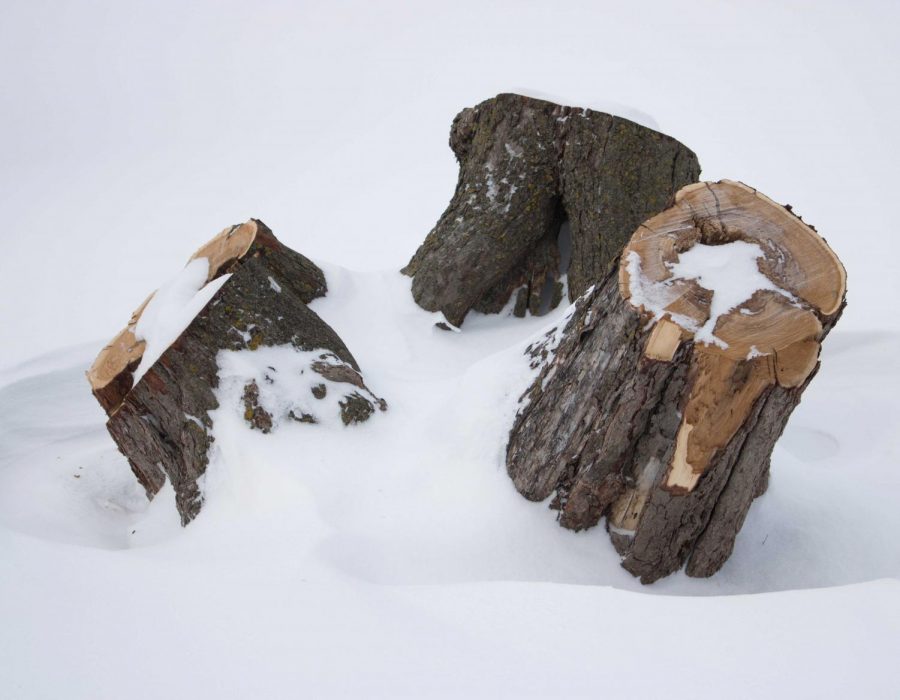Campus trees succumb to infestation
Jan 31, 2019
During the fall season, many students appreciate the brilliant colors of the falling leaves at UNI. However, some of the trees that produce such a spectacle are in danger. An insect known as the emerald ash borer has begun spreading in the United States, and UNI’s trees has not been immune.
“The emerald ash borer was an issue for campus the moment that it was found in Michigan,” said Brian Hadley, assistant director of campus services. “It has been a waiting game to see how long it would take for it to be found in Iowa. When we were first informed that the pest was in the United States, scientists and practitioners were learning just how devastating it was. After that, our facilities began making plans for how we could manage the coming infestation.”
According to Iowa State University’s Pesticide Safety Education Program’s website, the emerald ash borer originally came from China, where it lives in ash trees without being a hindrance. The trees there were able to adapt to the insect over time so that its presence was not deadly. When it made its way to the United States in 2002, however, the trees here were not prepared for the pest. Because of this, it caused damage to a large number of trees, many of which died due to their infected areas.
According to the UNI Facilities Management website, the earliest sighting of the insect near campus was in 2014 within the vicinity of Waterloo. Once the insect was sighted, they began planning in 2015 on how they would respond. The borer was found in the University Avenue vicinity by 2016. As of 2018, they have begun removing infected trees on the south side of campus next to University Avenue and Hudson Road. Those on the north side of campus are being treated for the disease, according to a statement from Student Body President Drew Stensland during an NISG meeting earlier this month.
At the moment, ash trees are the only plant affected by this species. Despite this, fighting back against the insect is difficult.
“There is no current treatment for the emerald ash borer that is proven,” Hadley said. “There are a number of chemical pesticides that have shown promise in the control of the pest. The only mechanical recommendation that professionals are making is to not transport infected wood outside countries with known infestations to limit the spread.”
While some treatments do exist, it can be difficult to quantify their success. Infected trees can be removed once the emerald ash borer has been spotted, but the problem is that trees have various stages in the cycle of infection. The easiest time to notice a tree’s decline is when the eggs hatch and the pupa move through what is known as the tree’s cambial layer. This process cuts off essential nutrients, water and photosynthate for the plant.
Ash trees can currently be found next to the ITTC building. Despite the challenges ahead of them, the Facilities Management team is working to keep campus looking beautiful. In fact, since 2003, around 110 new trees and plants have been planted each year, according to the Facilities Management website.
While there is still a long way to go in restoring the ash trees on campus, the university is planting new trees, one seed at a time.








